Shoppers today are pretty savvy and are always looking for a bargain. But did you know that marketing gurus have numerous ways to trick you into buying something you probably don’t need?
Below is a list of common traps that salespeople use!
10. Misleading visual appearances
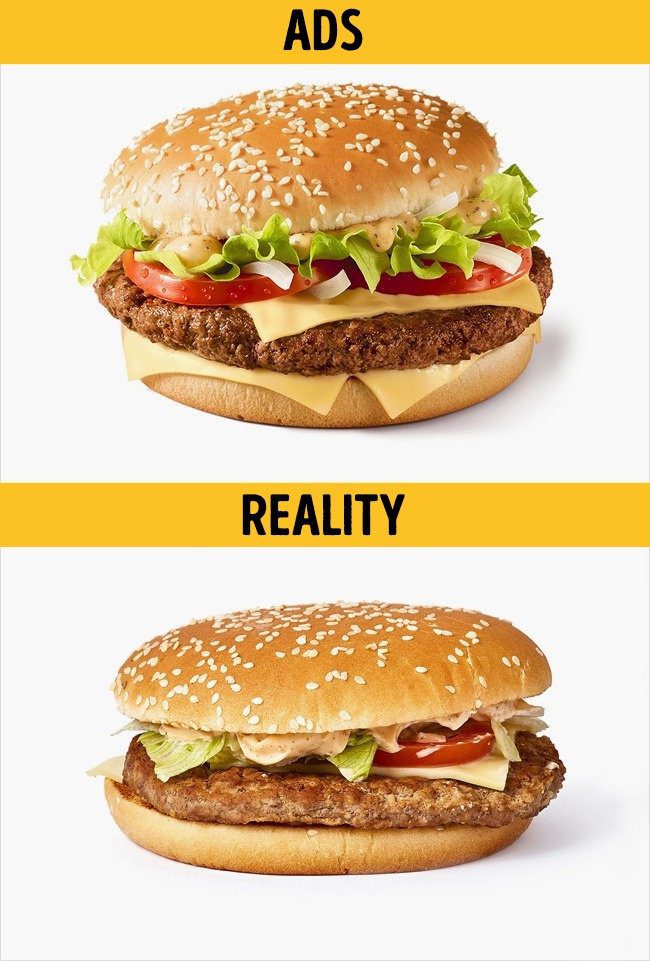
To make the freshness of hamburgers look more appetizing, food photographers sprinkle water or even vaseline on their surface. This technique is also used by sellers of vegetables.
9. Anti-advertising slogans
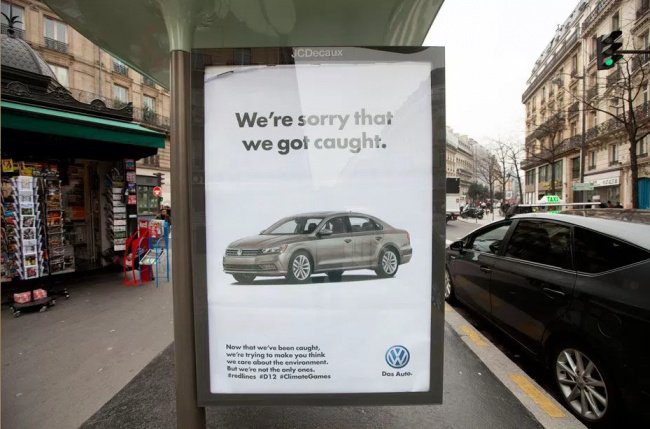
“We’re sorry, but we can’t sell you this.” That’s roughly the underlying message of Volkswagen’s slogans. The approach has not actually stopped someone from buying their cars, it’s brought more attention to them, resulting in higher sales!
8. Overpricing
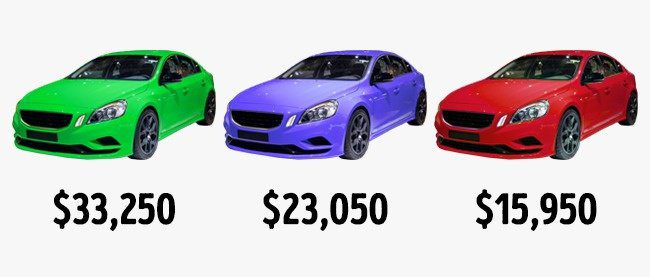
This clever ploy works like this: the most expensive goods are displayed first, while the less expensive ones, last. The items may cost less, but they are significantly overpriced. This is often a tactic restaurants use as well. For example, a bottle of the same brand of mineral water costs a different amount in a supermarket, in a railway station cafe, and in a restaurant. Because restaurants are supposed to have more quality, their prices are likely to be 2-3 times higher.
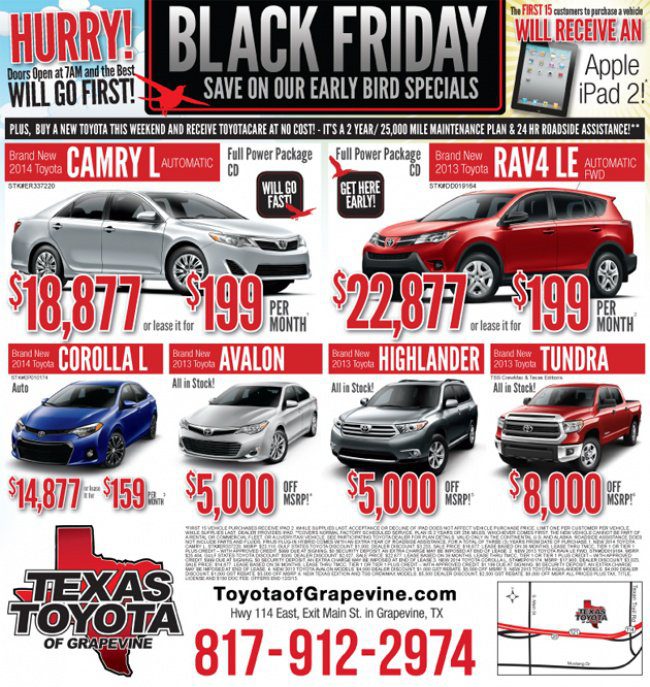
In the ad above, the sellers offer the same amount of monthly payments for differently priced cars. The catch? Make the customer think, if there’s no difference, why buy a cheaper car?
7. Decoy pricing
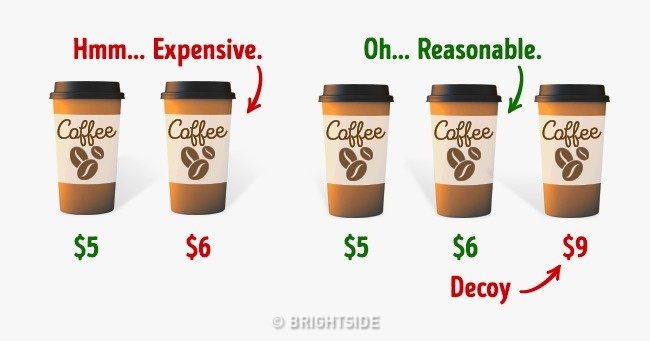 When sellers place a decoy-priced product in their ad, it makes other products look reasonably priced in comparison.
When sellers place a decoy-priced product in their ad, it makes other products look reasonably priced in comparison.
6. False price reductions
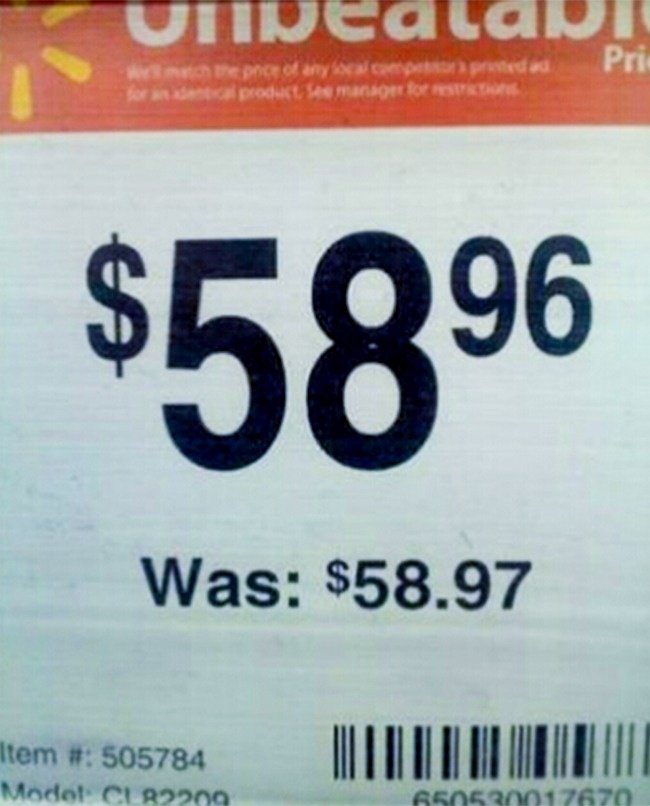
You often see price tags in stores with the old price crossed out and the new price written in large numbers. What few people realize is that, more often than not, the price reduction is totally phony. Shop assistants simply “inflate“ the old price by 20%.
5. Size/quantity reductions
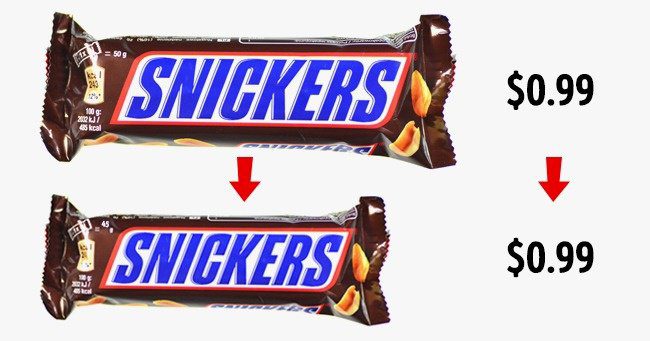
One pricing favorite among big brand producers and supermarkets, is the ploy to price different size items the same.
4. The Gruen Effect

Architect Victor Gruen designed the world’s first fully enclosed shopping mall. Before this, shopping malls consisted of detached single-story buildings, linked together by walkways. what Gruen did was to create a multitude of shops under a single roof, thus creating a mazelike supermarket. The Gruen concept virtually created an environment that causes people to fall into a state of disorientation, making them forget about the real purpose of their visit. How many times have you been walking around a large shopping center, and forget what you are there for? Then before you know it, you start making impulse.
3. Large shopping carts
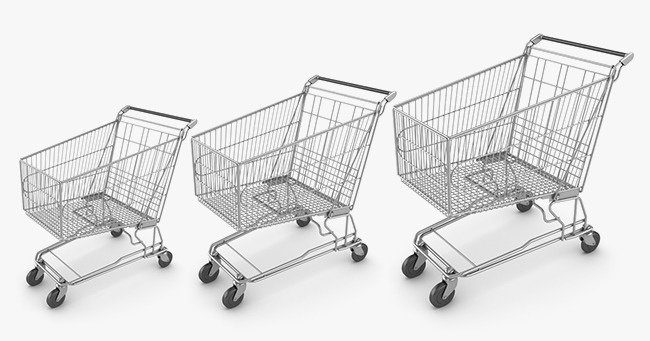
If you use a shopping carts instead of a basket, you are likely to spend 40% more than you normally would. The supermarket intentionally places food essentials (products like bread and milk) at the far end of the market, or even at its opposite end. This is to insure that customers pick up a few additional items along the way. Many of today’s supermarkets have aisles that lead in a counterclockwise direction, to provoke you into making unplanned purchases.
2. Anthropomorphism
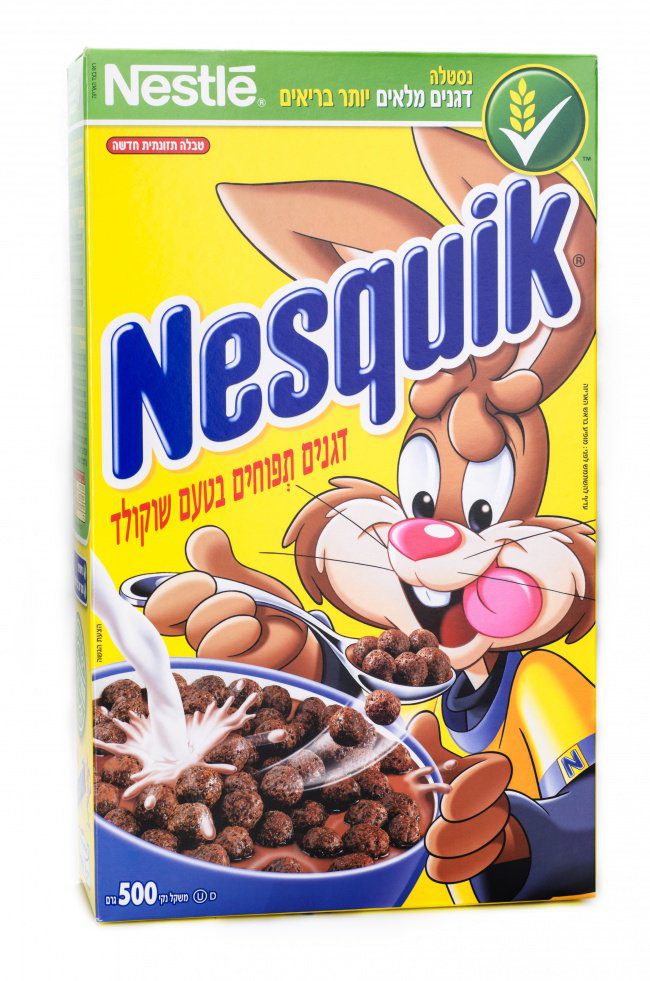
Anthropomorphism means: our tendency to invest in things and creatures with human qualities. This includes giving affectionate names to cars, and talking to animals as if they were people. Animated movies like Pixar’s famous table lamp character are good examples of anthropomorphism. When companies use animal mascots as part of their brand’s promotion and packaging design, consumers tend to empathize with the characters. We then become sympathetic toward the product. Anthropomorphism strengthens consumers’ trust in the products, which, in turn, leads to an increase in sales.
1. Cunning layout of products
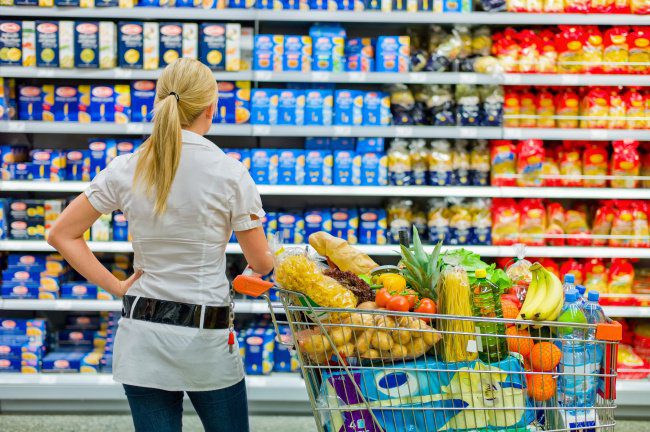 ;
;
The top shelves in any supermarket, are reserved for the less well-known brands; the middle shelves (aka the “Golden shelves“) are for the popular, hyper-advertised trademarks. The bottom shelves, however, usually house the products of virtually unknown companies and/or children-oriented products. To rent the ”Golden shelves” companies pay a lot of money, affecting the price we pay for their goods. If you wish to avoid paying higher prices for products, follow a simple rule: before you pick up the goods from the middle shelf, compare their price and quality to that of the goods located on the upper and lower shelves.
Happy shopping!
If you know someone who might like this, please click “Share!”
